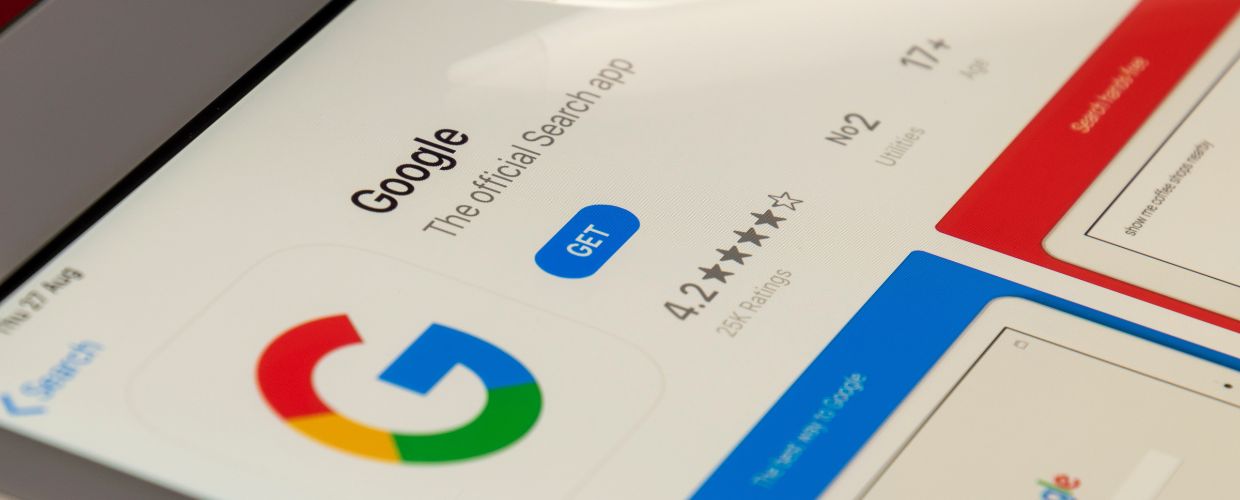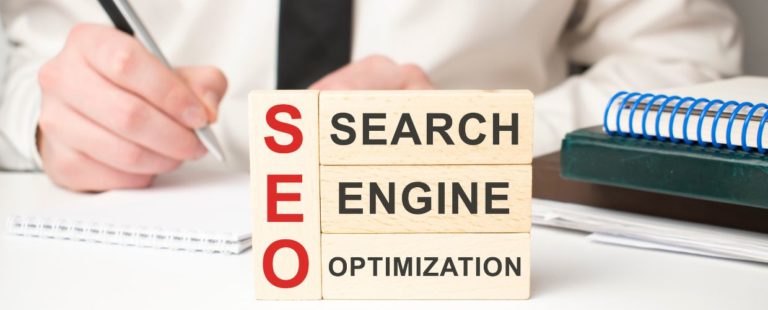
SEO and SEA: how do they complement each other?
Have you faced the following dilemma when setting up an internet promotion campaign: “How do I choose my promotion strategy? What should I choose between an SEO and SEA strategy?”
Well, why not both?
Indeed, the two practices complement each other perfectly in order to obtain the best click-through rate. And that’s what we’ll demonstrate in this article.
SEO and SEA form what is known as search engine marketing (SEM).
The objective of this discipline is to generate qualitative as well as quantitative traffic to a website.
What is SEO?
Search Engine Optimisation (SEO) is the equivalent of natural referencing. This practice seeks to optimise a site from a technical point of view to display the best in the list of Google results. SEO is done through 3 pillars:
Technical optimisation of the site for SEO
The user experience (UX) which includes the elements that facilitate use: loading times, the layout of the various elements on the site, headers and footers. Tags, pagination, management and placement of internal links on the site. Hosting (.com, .fr, .ch …), security with the https system which ensures a certain degree of trust and the management of links in url format.
Semantic optimisation
The relevance of the terms present on the site is the first quality to be highlighted by the Google algorithm. Relevance comes first, but the uniqueness of content is even more important. Differentiated sites are naturally given more prominence by the algorithm than those that repeat existing content. When writing the content of the website, it is therefore necessary to do a double job: content creation and semantics, to avoid an easily avoidable penalty.
The main objective of SEO is to match the content and layout of the site with the search intentions of individuals without omitting the expectations of search engines in terms of technical elements.
Typically: a user searching for the phrase “What is SEO?” is likely to get a recommendation to look at that article, because the phrase is highlighted in a title.
There is a hierarchy inherent in the placement of one or more search keywords in a title or tag (H1, H2 … depending on the importance in the site map).
Awareness and social relays
The first two pillars are the most important to optimize because they are decisive in the duration of the consultation of the site. From there, once they are optimised. It is necessary to work on reputation and netlinking. Reputation is organic in the sense that if it is public knowledge that your site is a collection of false information or fraudulent site (scam) the effect will be felt and there will be no or little traffic.
We all remember the case of Wikipedia. The site suffers from a rather negative reputation due to the fact that anyone can change the content of a page at any time. However, the free encyclopaedia remains one of the first results displayed when searching for information and the right-hand side of the screen is often dedicated to it, thanks to its “netranking”.
Netlinking is the digital equivalent of reputation. It is measured in the degree of trust that Google shows in the site.
Netranking is a ranking. It is made up of the number of so-called “strategic” pages, pages directly related to the request and the number of times the site is cited on sites that are also authorities in their field.
What is SEA?
Like SEO, SEA (search engine advertising) is an optimisation strategy, but it is subsidised via ad spaces or marketplaces. Most often on Google Ads. Competing search engines also have their own tools.
The site is indexed on the search engine according to the keywords on which we have chosen to place bids and allocate our budget. These advertising links generate clicks and traffic thanks to ads written with the most relevant words possible. SEA is used by companies to differentiate themselves in a sector that is either too competitive or niche.
What is the difference between SEO and SEA?
SEO is going to be like a long-term investment. It will require knowledge of best practices and regular optimization of the site’s content to change the type of visitors and maintain a good position among the other results. On the other hand, SEA will, by means of the keywords entered, make a website appear or not. The inclusion or exclusion of keywords will have an immediate impact on future visits. Google Ads is a revealing tool. If you “buy” 1000 visits and get 1 sale, you should question the ability of your website to perform.
With a SEA campaign, the Internet user who clicks on your site is more likely to be really interested in the content of the site. The ads will be directly related to their search thanks to the keywords.
Paid search is very much used when there is a need to generate visibility and leads in the very short term, as it is more reactive, the audience is better oriented and more qualitative than SEO. Privileged spaces are dedicated to it. All the more so as the majority of users do not go further than the first 5 results in a Google search.
SEO and SEA, what are their complementarities? Why combine the two?
These are common questions for many professionals.
Both methods have their advantages. On the one hand, there is the free access and the modification of basic subjects such as the user experience or semantic writing, without which the user would not prolong his experience on the site. And on the other hand, the ease of capturing the attention of Internet users thanks to a favourable positioning. According to Abondance.com: “40% of clicks are captured by the first result and 70% of the people questioned by IFOP confide that these adwords ads correspond perfectly to their needs.
We often imagine that SEA can replace SEO. However, the one cannot go without the other. The two disciplines meet and complement each other.
To contextualise. One will influence the type of visitor and the other their behaviour. Today, no one wants to go to a site from the early 2000s, the height of bad taste, only vertical navigation with no button to facilitate movement, even if it contains the information you have been looking for for hours.
The answer to our question is to optimise your SEO to work on the content. Maximise the technical side to capture the user’s attention with a pleasant and lively site. And then look at the form, the SEA optimisation. In order to attract the identified core target.
SEO Exploration supports you in your SEO and SEA strategies
Our digital agency allows you to optimise your online influence and develop or create a digital strategy in line with your wishes. Our team of marketing experts, web designers and developers will be delighted to help you impact your market by using the latest SEM tools and strategies discussed in this article to drive traffic to your site.
We look forward to working with you!



